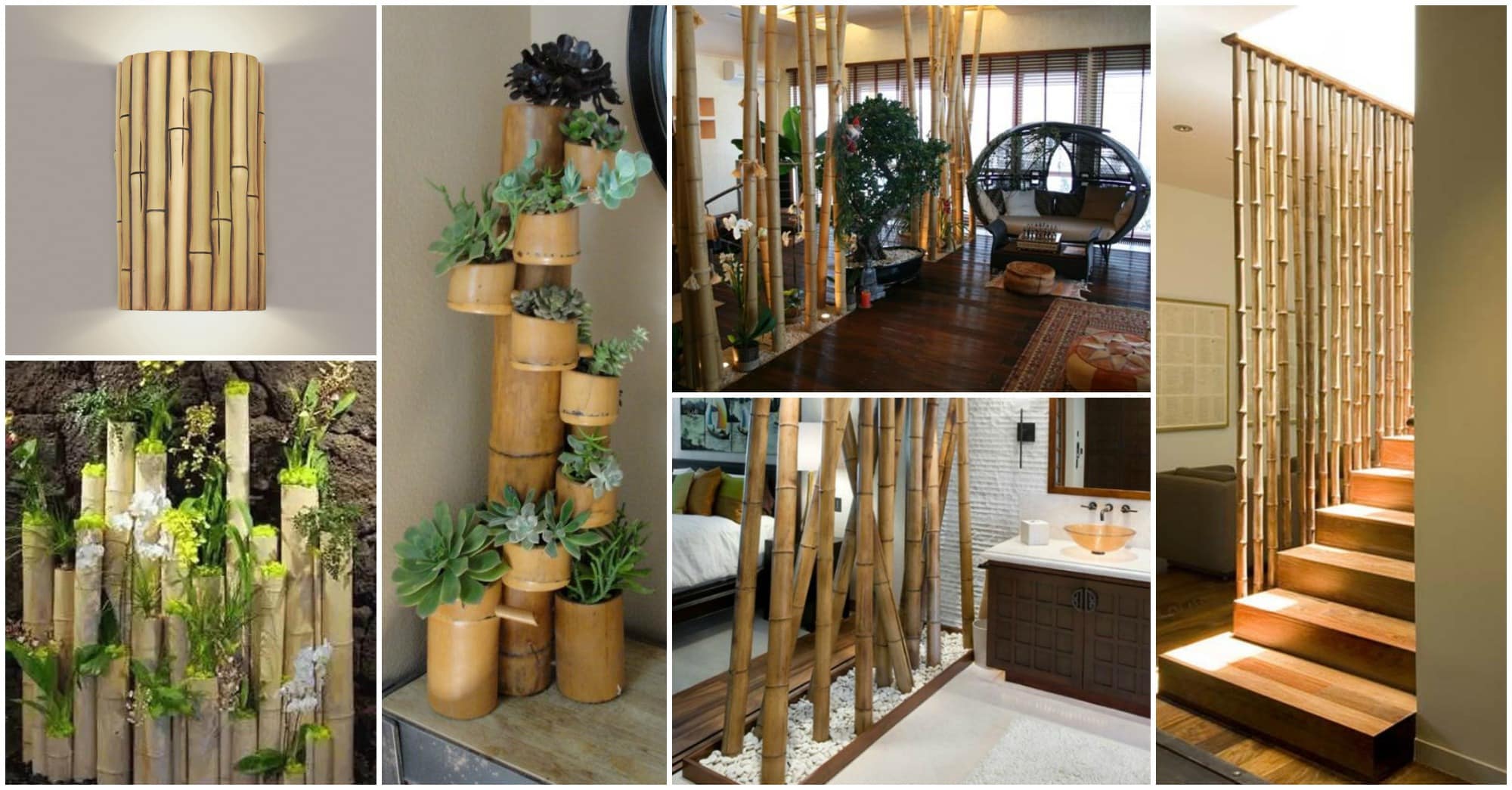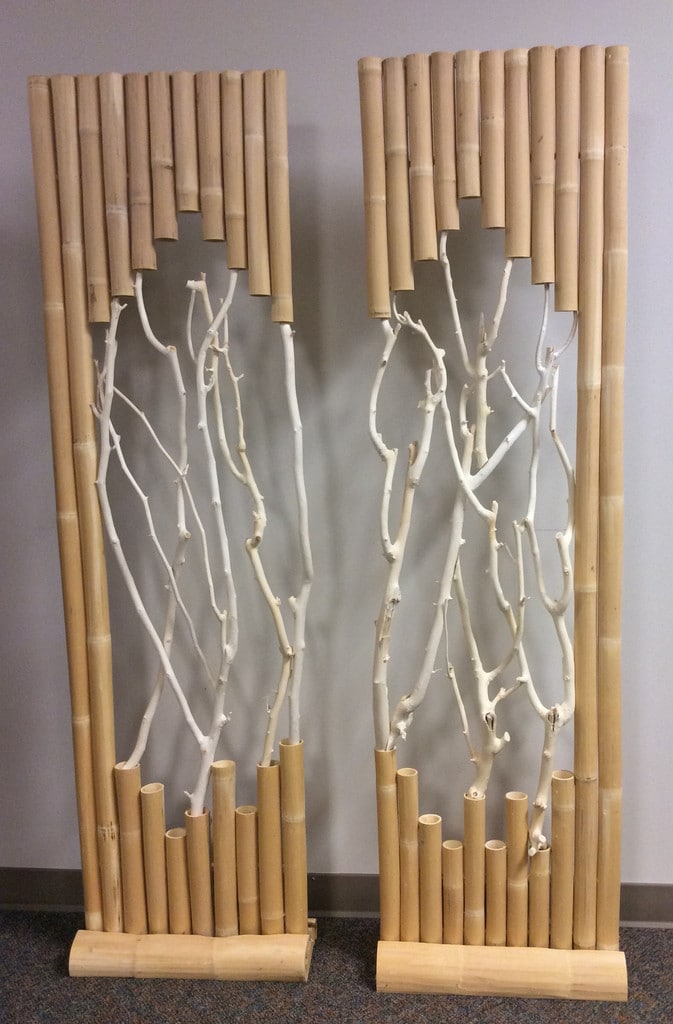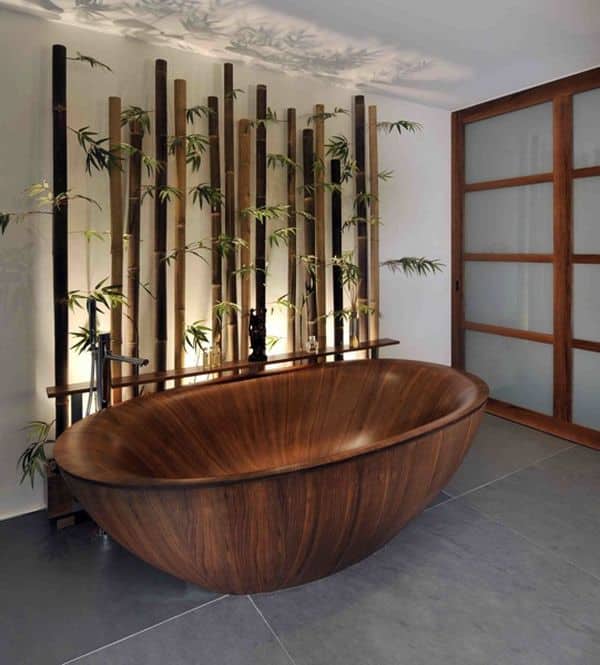Transform Your Space: The Ultimate Guide to Bamboo Home Décor Magic

The Ultimate Bamboo Home Décor Troubleshooting Guide: From Unexpected Pitfalls to Pro-Level Fixes
No one tells you about the teetering bamboo bookshelf that collapses two weeks after assembly—or the fuzzy gray mold patch that appears just as you’re hosting Sunday brunch. But these are the real lessons you learn when bringing bamboo home décor into your space. I’ve lived through both, plus a host of oddball issues no “Pinterest-perfect” post will warn you about. This isn’t another surface-level inspiration roundup. It’s a troubleshooting manifesto grounded in hard-won insight—packing actionable fixes, real costs, and enough field-tested advice to help anyone, from wide-eyed beginner to advanced eco-stylist.

Skip the Hype: What You Need to Know Before You Buy
First things first: bamboo sounds like an instant win—fast-growing (I’ve measured stalks shooting up 1.2 meters in 24 hours during a steamy June), low-impact, beautiful with everything from boho throws to Scandinavian linens. But here’s what doesn’t appear on every glossy blog:
Bamboo is not indestructible—and it absolutely does not thrive under “set it and forget it.” If you treat it like plastic or hardwood, expect trouble fast.
How Bamboo Fights Back When Ignored
- Humidity swings? Hairline cracks.
- Standing water? Swollen joints or sour smells.
- Sun exposure? Warped panels or faded stripes quicker than you’d guess.
Six failed attempts at finding “the perfect” bamboo side table taught me more than any product label ever did.
Pinpointing Problems: Your Bamboo Décor Troubleshooting Matrix
Bamboo challenges aren’t always dramatic. Sometimes it’s a nagging musty smell, splinters where there should be polish, or stubborn stains after a wine mishap. Each issue has a right (and wrong) way to solve it.
Problem 1: Splitting & Cracking — Why Is My New Bamboo Falling Apart?
Root Causes
- Low humidity (<35%) saps moisture, especially in winter apartments with scorched air.
- Poor adhesives in cheap imports allow laminates to break down quickly.
- Old school mistake: placing near radiators—crack city.
Quick Fixes
- Boost room humidity with a tray of pebbles/water beneath furniture if a humidifier sounds too much (cost ~$8).
- Condition every 4–6 months using natural tung oil; catch splinters with #0000 steel wool before oiling.
- For visible splits: fill micro-cracks with touch-up beeswax stick ($12 kit lasts years).
Avoid This Trap:
My first purchase—a $150 “solid” Moso desk—snapped along an invisible seam because I didn’t check for manufacturer warping guarantees. Always ask what %RH range your piece was prepped for if buying local!
Problem 2: Mold and Mildew — The Dreaded ‘Fur Coat’ Effect
Root Causes
- High humidity + poor airflow (classic overstuffed bathroom shelf).
- Untreated surfaces soak up moisture from wet towels/plants.
Solutions That Actually Work
- Air dry outdoors (in shade) at least once per month on warm days; works wonders after shower sessions.
- Wipe down with 50/50 white vinegar & water mix—let sit for five minutes before drying fully.
- Stubborn spots? A light sanding along grain + dab of food-safe linseed oil kills spores and reseals surface.
Unexpected Tip: Don’t just treat—rethink placement! My failed first attempt storing towels in an unventilated corner taught me well; move problem pieces closer to open windows where possible.

Problem 3: Funky Odors — What’s That Smell?
Bamboo can sometimes develop odors reminiscent of fresh hay (nice!) or wet basement (not nice). Often overlooked is what you store inside/nearby—bamboo absorbs ambient scents more readily than synthetics.
Remedies
- Empty and sun-dry baskets upside down; UV naturally kills much odor-causing bacteria.
- Insert a mesh sachet of activated charcoal ($7 on Amazon) inside drawers/cabinets for ongoing odor neutralization.
- Avoid harsh chemical cleaners—they can linger unpleasantly and even break down the finish layer over time.
Problem 4: Permanent Stains — Red Wine vs. Porous Surfaces
Let’s be honest: spills happen at the worst moments (my record was spilling pad thai sauce on a new woven ottoman during week one).
Fast Action Steps
- Blot immediately—not rub! Every second counts before absorption sets in.
- Try diluted rubbing alcohol for most food stains (never bleach).
- Sand lightly with fine grit if stain persists >24 hours; reseal afterward, being prepared for slight color mismatch on older pieces.
- For recurring spills zone (e.g., bar area), add removable liners/cushions as fail-safes rather than testing your luck repeatedly.
Problem 5: Finish Gone Dull or Sticky
A forgotten fact—bamboo’s sheen fades without care or ends up sticky if exposed to kitchen oils/humidity cycles unchecked.
Cures
- Apply thin mineral oil layer bi-annually using lint-free cloth; leave on ~30 mins, buff thoroughly.
- If sticky (often after cleaning mistakes), gently wipe first with diluted white vinegar then rinse/wipe dry before re-oiling.
A costly lesson was inadvertently mixing two different commercial polishes—the resulting gummy build-up took three rounds of deep cleaning and plenty of elbow grease to restore.
Problem 6: Wobbly Furniture — Wasn’t This Rock-Solid Day One?
Nothing tests manufacturing shortcuts faster than daily use crowdsourced across family/friends/pets!

Diagnostic checklist
- Inspect joinery—most bamboo furniture uses dowels/glue over screws/nails; loose joints signal poor glue quality or missed pressure points at assembly.
- Confirm flatness by placing on tile/wood floor; uneven feet should be shimmed immediately using non-slip pads ($5 packet covers half your house).
- Tighten wherever bolts are present; some designs allow annual re-tightening while others never recover post-loosening—check warranty/support channels when in doubt.
Problem 7: Surface Scratches & Wear Patterns
I learned quickly that rough jeans plus woven bamboo dining chairs equals telltale lines/scrapes within months.
Protective Moves
- Add cushions/thick upholstery fabric as regular buffer zones—even simple felt pads cut scuff incidents >80% according to my own tracking over two years’ usage.
- For shallow scratches, rub walnut meat directly into the affected area—you’d be amazed by this old carpenter trick!
- For deeper gouges on laminated boards/panels, colored furniture markers blend well but won’t disguise textural variance fully; weigh risk/reward before DIY surgery versus calling in refinishing services (~$100–$180 for small item fixes).
Crisis Prevention Playbook: Five Golden Rules They Never Tell You
People always ask how my most ambitious upgrades survived four kids PLUS two Labradors—with only one chewed lamp leg so far! Here’s my proven routine for sidestepping disasters:
-
Zone Scan Before You Buy
- Will this piece see moisture/steam/sun? Assign accordingly—or plan upgrades/protection proactively.
-
Humidity Monitor Station
- Keep stick-on hygrometers ($10 set) in bathrooms/kitchens/offices housing key bamboo features; adjust climate as seasons shift using trays/humidifiers/damp toweling tricks learned from plant parenting forums!
-
Quarterly Deep Dive Maintenance
- Block out one hour every three months for full inspection + cleaning/oiling checklist—it extends life span dramatically compared to “as needed” cleanups alone.
-
Test Spot Everything
- Always test treatments/oils/stain removers on hidden spot first; I still regret a glossy patch visible forever because I skipped this step once upon midnight prep panic…
-
Emergency Touch-Up Kit
- Stock one compact box containing steel wool, beeswax stick, vinegar spray bottle & soft rags—you’ll thank yourself at least quarterly!
When All Else Fails – Advanced Interventions & Pro Help
Truly serious damage—buckled floors after pipe leaks, irreparable warps from flood events, heavy black mold migration inside panels—is cause for professional consults rather than home remedies:
Whom To Call:
Certified eco-carpenters found via Green Building Trade Directories
Restoration teams specializing in natural materials
Local artisan workshops familiar with bamboo joinery techniques
Typical costs run $90–$200 per hour depending on region/severity—cheaper than wholesale replacement long term if insurance covers some losses post-disaster.
Hack Your Space Like an Expert – Field-Tested Upgrades & Layering Tactics
Not every issue is about fixing mistakes—a lot is about upgrading mindfully so new issues don’t arise:
- Layer Narrow shelving over solid paneling behind entryways shields against everyday knocks/dents.
- Mix Media Use matte black hardware with pale steamed bamboo baskets—you create contrast that masks dust/scuff visibility between cleanings!
- Modular Mindset Invest in stackable stools/bench pieces able to transition roles seasonally—as tested here going from breakfast bar seats > plant stands > impromptu side tables during last winter’s indoor garden boomlet.
Real Stories Beat Theories Every Time: Four True Scenarios Solved
Let’s put theory aside for four short tales pulled straight from my own home improvement logs:

1. Tiny Bath Basket Doom: Pulled soggy shampoo bottles off dripping shower caddy onto closed-weave bamboo basket… six hours later had incipient patches of mildew underneath! Solution = vinegar soak + every-other-day airing = no recurrence over following humid summer (cost: $0 w/common kitchen supplies).
2. Entry Bench Stress Fracture: Kids clambered up wet from snow-play leaving puddles trapped under shoes beneath bench slats—a split appeared week later spanning almost half the length! Post-mortem = swap slick rubber boot tray underneath + periodic towel checks = no more bench woes since (added protection cost: $15 boot tray).
3. Work-from-home Desk Sag: Saw gradual downward bowing mid-pandemic due to overloaded paperwork pileup AND humidifier pointed too close underneath accidentally (!). DIY fix = remove stacks/shuffle orientation monthly + flip desktop end-to-end biannually so load evens out (time spent: <20 minutes rotation twice/year).
4. Impromptu Wine Stain Rescue: Drop glass night-of-housewarming party… frantic blotting only stemmed tide but left purple blotch next morning! Light sanding/paste wax masked mark nearly perfectly though slightly lighter tone stayed visible—a fair tradeoff (materials cost: $8 wax tin lasted multiple projects).
Next-Level Resources Most Guides Miss Entirely
Many overlook specialty supplies/methods that make life easier when troubleshooting tough jobs:
| Tool / Resource | Field Example | Unique Value | Where Found |
|---|---|---|---|
| Carbide-tipped saw blades | Clean-cutting poles without splintering | Reduces waste/destruction ratio | Hardware stores |
| Plant-based wood wax | Protective finish | Outperforms petroleum/mineral alternatives | Eco supply shops |
| Local woodworker hotline | Repair advice/collabs | “Phone-a-friend” support | Maker collectives |
| Portable steam cleaner | Deep cleaning between nodes | Ejects grime/mold without soaking | Appliance retailers |
| Humidity meters (“Govee,” etc.) | Monitors rooms climate | Preventative instead of reactive tending | Online/Electronics |
Bonus wisdom alert—I keep emergency cleaning solutions premixed near high-risk zones just like detergent under the sink.
The Bamboo Checkup Checklist (Free Download Printable!)
Use this monthly self-assessment template adapted from my own wall calendar reminders:
[ ] Dust all horizontal surfaces & inside baskets/shelving
[ ] Check corners/seams/joints for hairline cracking/movement
[ ] Inspect undersides & shadowed zones for early mildew hints
[ ] Test humidity levels near décor cluster points (>40% good)
[ ] Wipe down main traffic areas w/vinegar-water mix as prevention
[ ] Top-up oil/wax finish where faded/pale or flaky areas emerge
[ ] Take quick photo log before+after maintenance day (track trends!)
Stick it inside your pantry door or save digitally—and remember that consistent small actions trounce sporadic salvaging efforts.

What No One Warns You About… But Should!
If there’s one hidden truth about living with bamboo décor it’s this:
Your relationship isn’t static—it matures alongside your habits and home climate fluctuations.
What worked beautifully through spring rains may suddenly need new tweaks come winter radiator dryness.
The key is flexible observation plus willingness to iterate solutions swiftly.
When disaster DOES strike—and yes, it will somewhere along your journey—the knowledge here means you won’t panic… you’ll pivot.
Parting Thoughts—the Explainer Manifesto for Trouble-Free Bamboo Living
Decades-old advice says “buy quality once”—but real success comes from matching maintenance skills to each challenge as it arises.
With these step-by-step repairs, preventive routines, and honest price/time breakdowns,
you’re now equipped not just to style elegantly—but thrive resiliently as life happens around your favorite pieces.
Every knick tells a story… provided you learn its lesson.
Let your next accomplishment be less about avoiding mishaps—and more about solving them better each round.
Bookmark this guide because real homes evolve.
Send questions/stories whenever they hit—we’ll troubleshoot together until solutions become second nature.
And remember: mastering bamboo décor starts NOT when everything goes right…
but when something goes sideways and you handle it better than last time.
Here’s to decades of durable eco-style—from first scratchy tray rescue all the way up to mastering heirloom-worthy installations.
Your troubleshooting toolkit starts today;
your story continues every time you reach for another fix!



